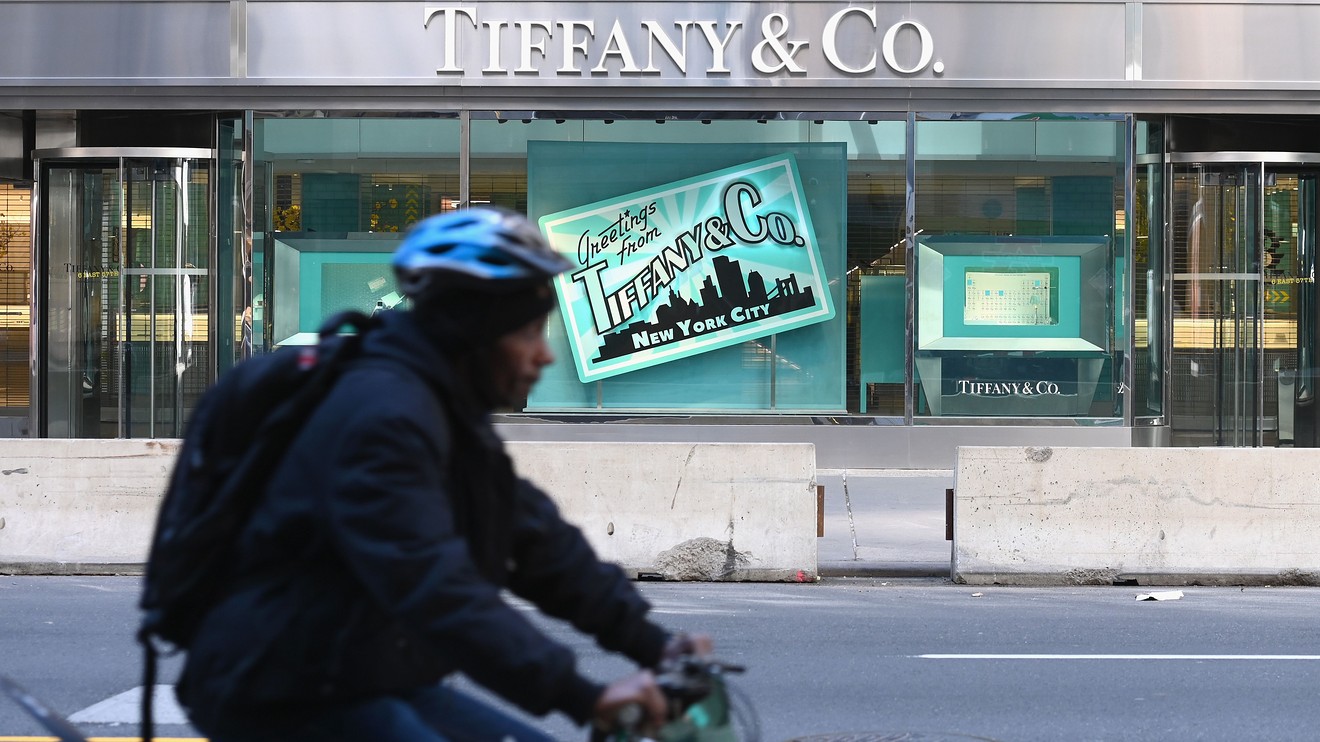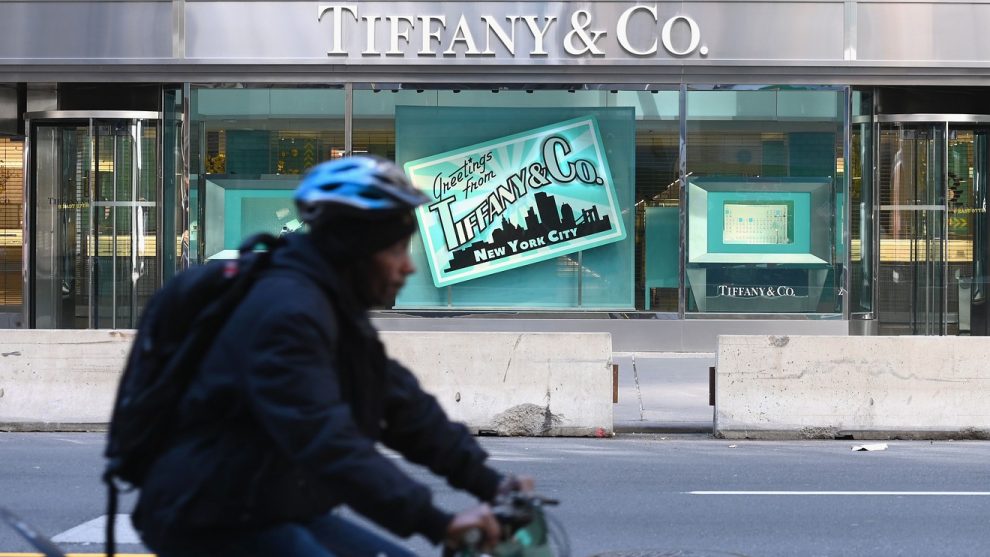
Equifax Inc., Nasdaq Inc. and Tiffany & Co. aren’t typically the kind of names associated with the troubles faced by Main Street businesses.
But they now are among the more than 100 companies in the S&P 500 index that would fit the Federal Reserve’s expanded criteria unveiled Thursday to help small and medium-sized companies survive the pandemic, according to two separate analyses of S&P 500 company data completed by Dow Jones Market Data and FactSet.
The Fed said adjustments made to its $600 billion “Main Street” lending program were based on public comments and that it also was mulling a separate approach to meet the “unique needs” of nonprofit organizations.
Read: Fed expands ‘Main Street’ lending program but doesn’t announce start date
In practice, the changes mean businesses with up to 15,000 staff or up to $5 billion in annual revenue are now eligible for four-year loans through the program, compared with the initial plan rolled out earlier in April, which was for companies with up to 10,000 employees and $2.5 billion in revenue.
As part of its tweaks, the Fed also lowered its minium loan size to $500,000 from $1 million, potentially pitting smaller companies against big, household names for emergency funding.
“A Main Street lending facility shouldn’t include names that have access to other forms of capital, which S&P 500 companies sensibly would,” said Bruce Mizrach, an economics professor at Rutgers University, in an interview with MarketWatch. “This expansion may preclude smaller businesses from getting access to credit they may need.”
The Fed isn’t making the loans itself, but instead encourages lenders to do so, mainly by promising to take the bulk of the risk associated with holding the loans off their hands. Banks will be required to keep a 5% to 15% sliver of the loans inked through the program.
FactSet and Dow Jones Market Data each found slightly more than 100 S&P 500 companies that fit the Fed’s expanded employee and revenue criteria, after MarketWatch requested the data.
Requests for comment from Equifax EFX, -3.20% and Tiffany TIF, -0.67% weren’t immediately returned.
Nasdaq NDAQ, -1.72% told MarketWatch it has no plans to participate in the program, but that it was very supportive of the Fed’s efforts to help businesses during the pandemic.
Companies that apply, and are accepted by lenders, qualify for relatively low rates of 3% (or 300 basis points) above the London interbank offered rate, or Libor, benchmark, according to the Fed’s statement on the program.
Equifax, which is rated Baa2 by Moody’s and BBB by S&P, joined the recent deluge of investment-grade companies to borrow in the corporate bond market since the pandemic deepened in the U.S., completing an $1 billion raise earlier this month at lower rates that what the Fed plans to offer.
Its five-year parcel of bonds priced at 225 basis points above Treasurys on April 22, while another 10-year slug sold to investors the same day at 250 basis points above Treasurys, according to a person with direct knowledge of the transaction.
Equifax, a credit reporting bureau, has faced criticism over its handling of extensive data breaches in recent years that risked exposing the personal information of more than 100 million Americans.
See: Equifax executives sold stock after data breach, before informing public
Yet, another way to view the Fed’s decision to include major companies into its Main Street lending program is that the central bank is doing all it can to offset what may be the worst downturn since the Great Depression of the 1930s.
“The Fed is not well placed to put funds directly in the hands of households,” said Steven Friedman, a senior macroeconomist on the global fixed-income team at MacKay Shields.
“What the Fed can do is to lend freely, either direct to companies or though the banking system to make sure they have funds during this very challenging time,” he told MarketWatch.
“If they succeed,” Friedman said, that means employment is better poised to come back more quickly, thus putting money in workers’ pockets. “That’s a key element here.”











Add Comment